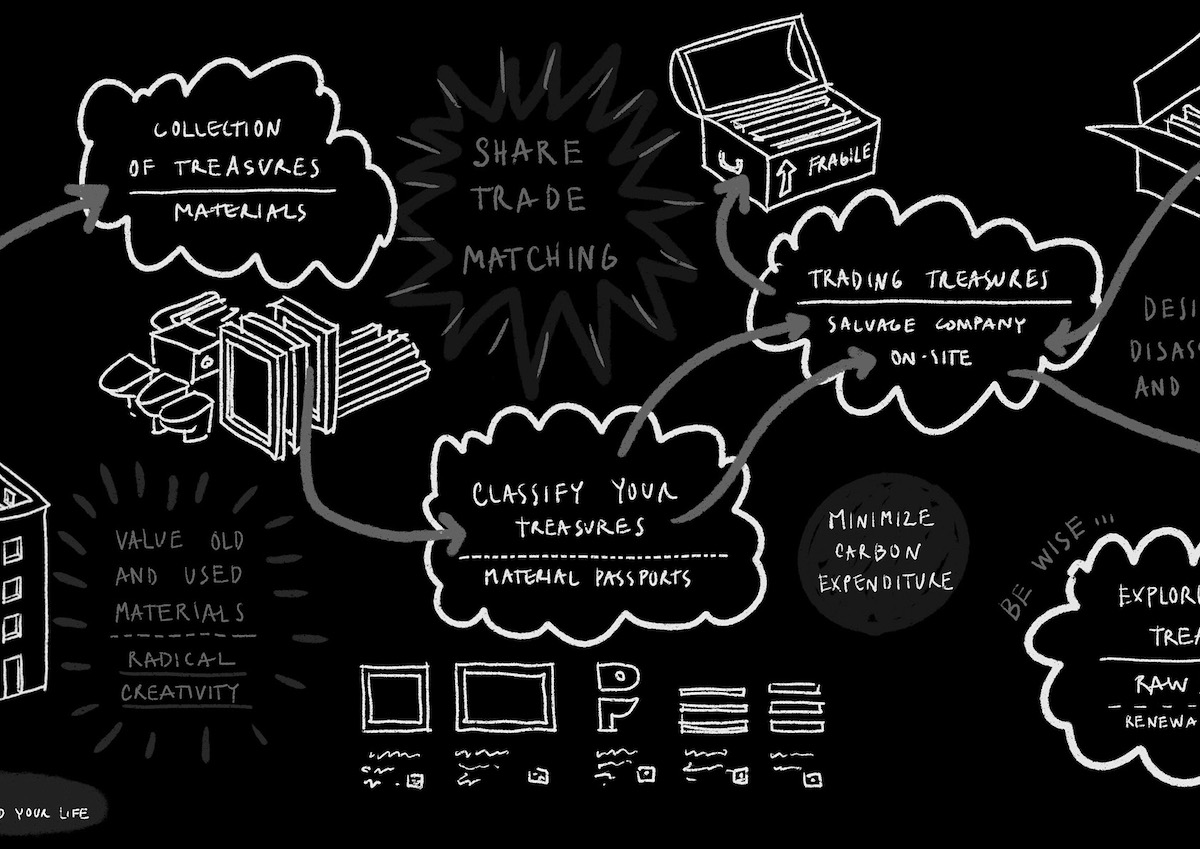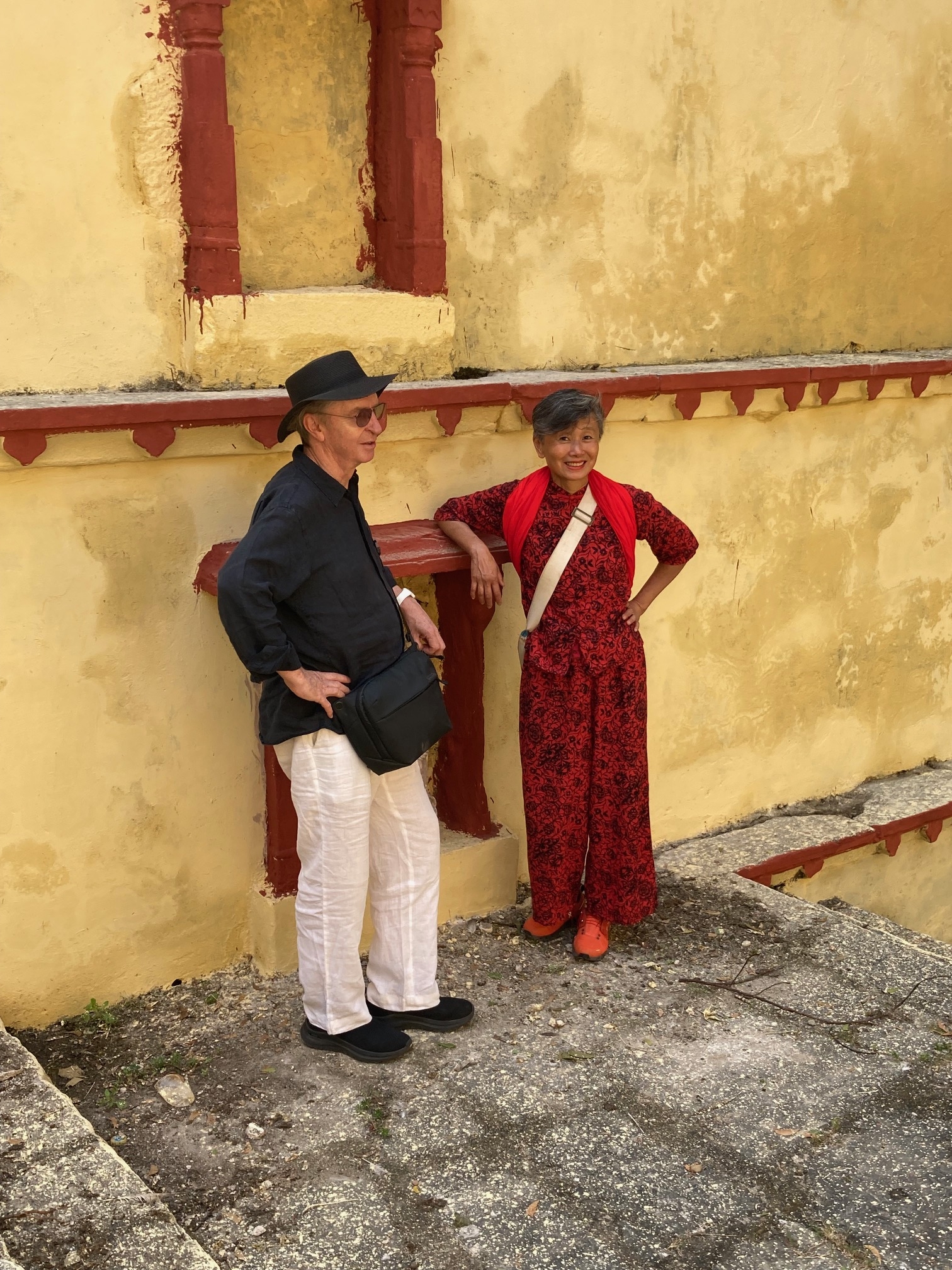Clear communication with clients and oneself is essential in pursuing a public ethos in the private sector, says Holly Lewis
In his recently launched ‘Good Growth By Design’ programme, the Mayor of London, Sadiq Khan, talks about the potential for growth in London to “leave Londoners feeling left out”. The stresses and strains that the housing crisis and associated development rush have created in the city exacerbate the sense of inequality that many feel. The reality of architectural practice is that often architects find themselves in an uncomfortable position in this context. Can we truly say that we are making the city better for all, or is the profit-making agenda exerting too great an influence on our profession and its work?
Until the 1970s, architects were evenly split between the public and private sectors. Today, over 99 per cent work in private practice. As part of Good Growth by Design, the Mayor wants to encourage ambitious graduates and professionals into the public sector through the Public Practice initiative, but there are as yet few openings for those people – particularly younger architects and students – who feel that their conscience is out of balance with their day-to-day work.
My own practice, We Made That, has been dedicated to working with the public sector for over 10 years, and throughout that time a strong civic agenda has underpinned our work. We had a fortunate start by winning our first job in an open design competition with a public sector client, but have had to build on that gradually over many years. Staying true to our original commitment to use design to enhance the public relationship with the built environment has been as much about saying “No” to new commissions as it has been about proactively pursuing exciting opportunities.
We are interested in the motivations of our clients, and recognise that there can be conflict between what’s best for the public and what’s best for the client’s pocket.
As a result, over 90 per cent of our clients are local authorities, and the remainder are cultural clients and community groups. In these relationships, ourselves and the clients have a shared agenda in trying to make residents’ and businesses’ lives better and more enjoyable.
For us, the question of how to balance a public ethos with the demands of private enterprise is one that must be constantly negotiated. We spend a lot of time reflecting on whether potential projects are the right ‘fit’ for the practice. As we do so, we refine and radicalise our code of ethics. We see the public/private dynamic as an important one to take a position on. Our clients understand and value this standpoint.
Through new programmes that support excellence in the public sector – such as Good Growth by Design – alongside the strengthening of public-minded private practice, we are optimistic for a future where architecture and city-making can benefit from the best of both worlds.

















